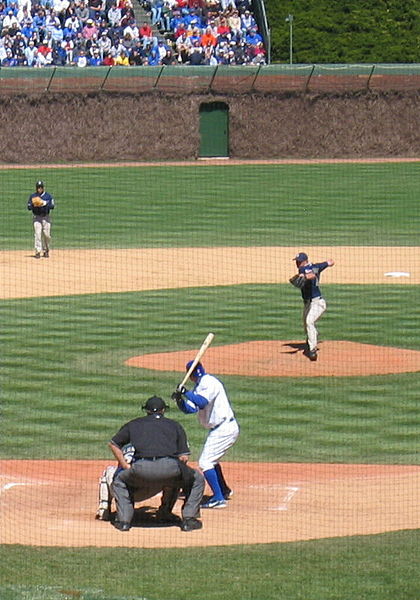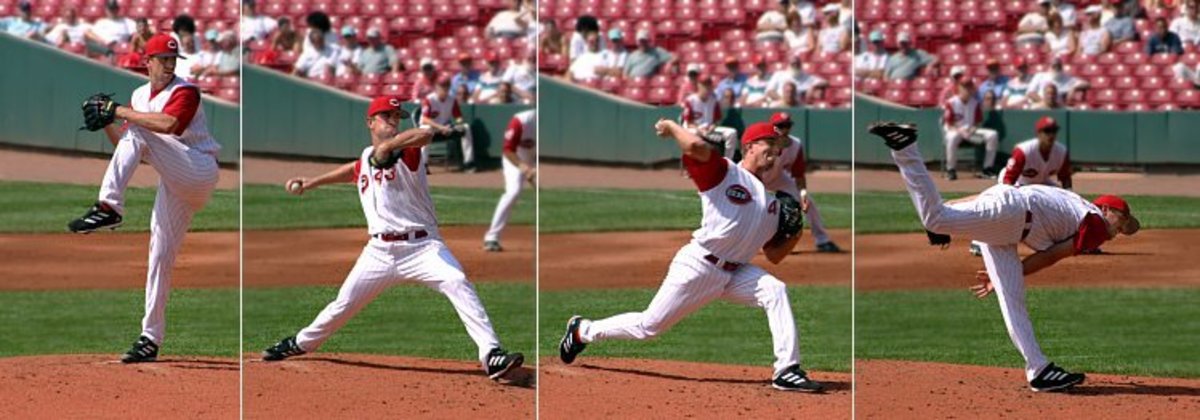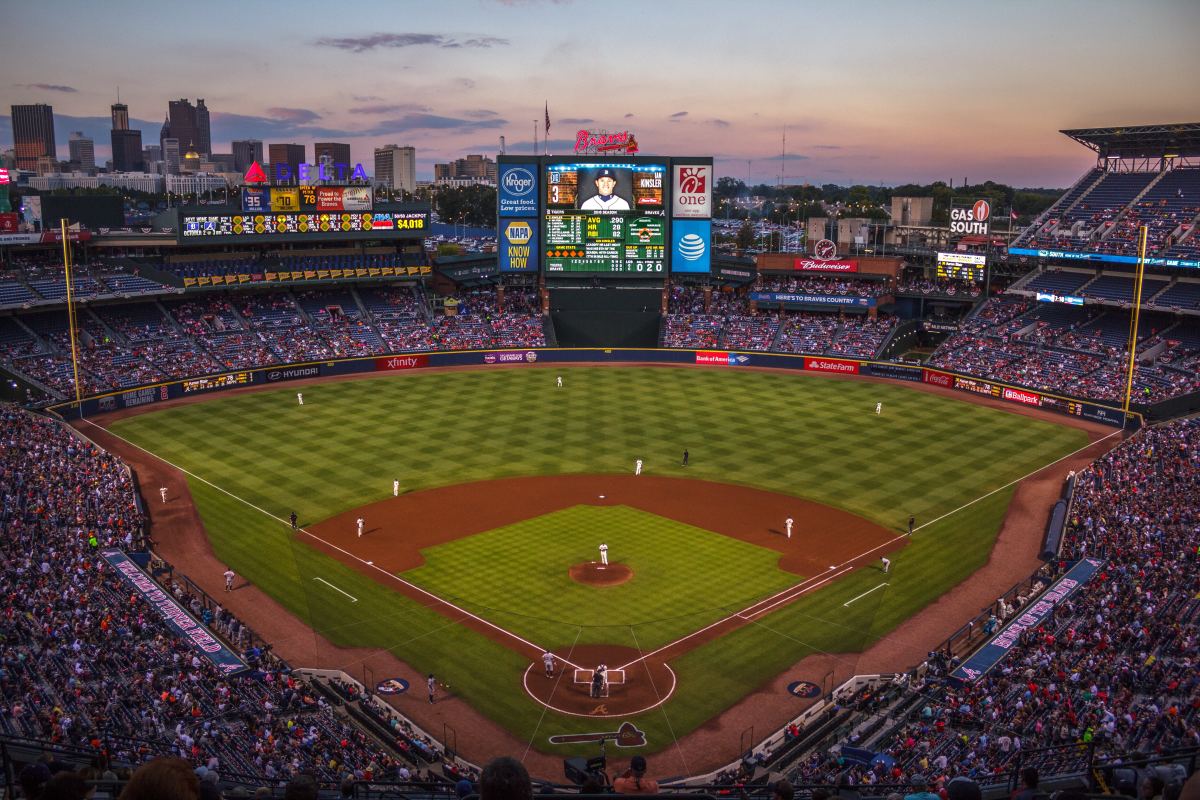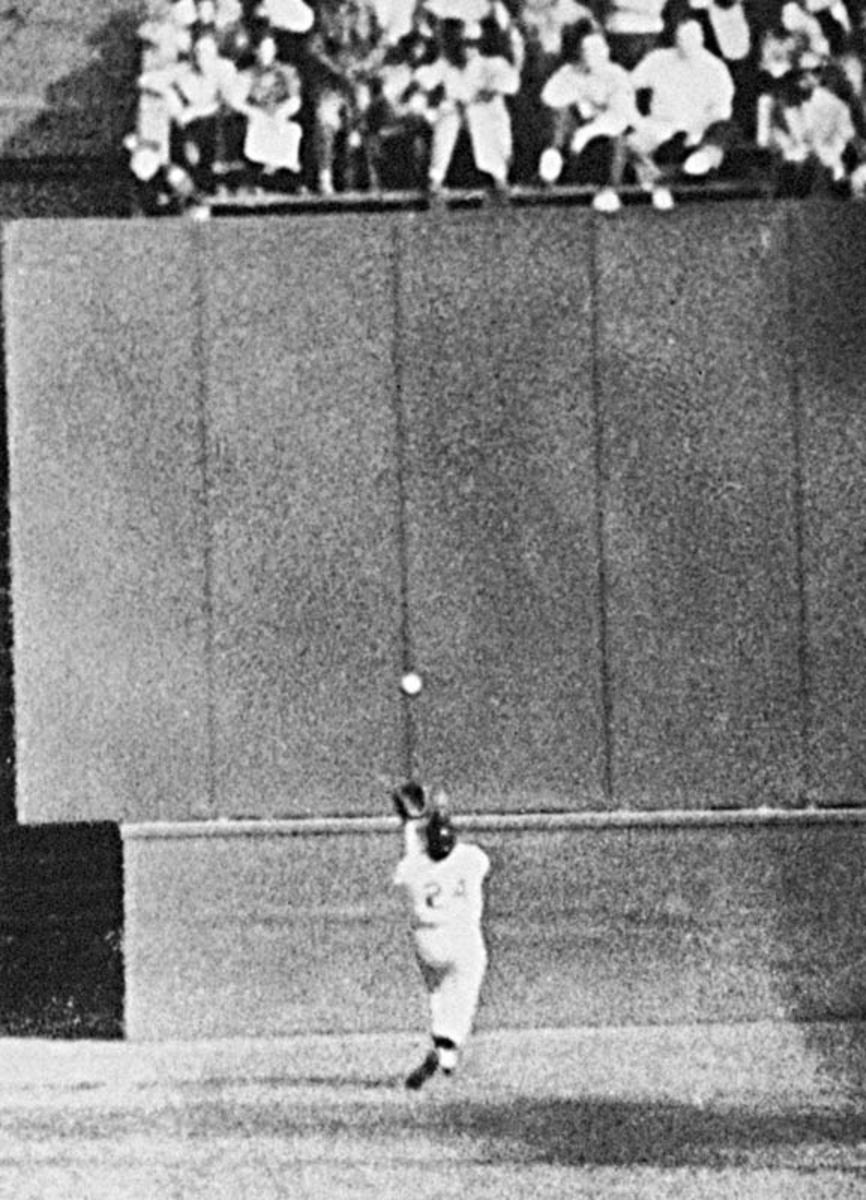Power Pitcher vs. Power Hitter Narrative

The Biggest Battle in Baseball
People even remotely interested in baseball have probably witnessed a baseball pitcher, unable to restrain himself, pumping his fist in the air in ecstatic satisfaction after striking out a batter. Or the home run hitter, who slinks back to the dugout with his head hung low, baffled by a pitcher's barrage of fastballs and sliders. The big duel between successful hitter and effective pitcher are one of those games within the game, where the pitcher and hitter square off to battle one another, until a clear victor has been determined.
Many of the pitcher-hitter battles in baseball end in a routine fly ball, or perhaps, a nice line drive for a single. But, there are times when a player steps into the batter's box, and a personal war ensues, the kind that provokes fans into cheering for either the pitcher or the batter.
Most baseball fans remember timely strikeouts and incredible feats of hitting prowess. These aspects of the game have grown in popularity over the years, and today, strikeout pitchers and home run hitters are the two kinds of players that baseball fans want to see most.
The ultimate contest within a baseball game is that of power hitter versus power pitcher. These contests normally occur but a few times over the course of a game, if at all. When the big hitter does step in against the strikeout pitcher, the cheering starts, and the two players focus their abilities on getting the best of their athletic opponent.
A New Power Hitter Arrives in the American League
One of my favorite players, and I'm biased by the fact that I live in the Metro Detroit Area, is Justin Verlander. He's a big, strong pitcher with powerful legs and an electric right arm. His fastballs have reached 100 miles per hour, and he has the makeup - the ability to stay calm in extreme pressure situations - that most other pitchers can only wish for. He doesn't rattle easily.
Another incredibly talented player in the American League, Albert Pujols, will play for the Los Angeles Angels of Anaheim in 2012. A three-time National League MVP with the St. Louis Cardinals, he's considered by a majority of serious fans to be the most dangerous hitter in baseball.
With Miguel Cabrera playing for the Detroit Tigers, too, the big power hitter-power pitcher match up was often absent for Verlander when he made his starts. He'd faced Pujols before, but not with any sort of frequency because they played in opposite leagues.
This year, the contests between Pujols and Verlander will be much anticipated by baseball fans. Their meetings will thrill anyone who enjoys watching two skilled sportsmen take each other on in a battle of strength, skill, and wits.
Power Pitcher vs. Power Hitter
What I'm about to describe isn't a historical account of what happened between Albert Pujols and Justin Verlander. Instead, it's a theoretical report, based on what every pitcher and hitter has to go through when they take the mound or stride into the batter's box.
Verlander, now considered an experienced warhorse, isn't going to be intimidated by any hitter. Likewise, Pujols has faced some nasty pitchers in his years over in the National League. There aren't going to be any big surprises for either player. Both have been around long enough to know what each must focus on. For Pujols, that means getting his bat on the ball, and for Verlander, it means not making a mistake with his pitches.
*************************************************************************************************
"Albert Pujols!"
The announcer's introduction is greeted with monstrous applause and loud cheers from the fans. They crane their necks to watch the hulking hitter walk from the on-deck circle to the batter's box. Before he steps in, he grips the handle of his bat with white-gloved hands and gazes out from under the bill of his helmet at the pitcher on the mound, Justin Verlander.
He knows what pitches Verlander has in his repertoire. He also knows with how much effectiveness, and with what regularity the Tiger's pitcher throws each. His primary pitch is a hard fastball, a pitch that comes in deceptively fast and heavy, because Verlander has a smooth and oily windup.
Verlander knows all about Pujols's strengths and weaknesses, too. Most baseball managers tell their pitchers to keep every pitch they throw to the slugger away from him and out of the strike zone. Pujols gets a lot of base on balls, and he's known to be one of the most disciplined and patient hitters to ever wear a baseball uniform.
One natural advantage Verlander has over Pujols is that they're both right-handed. This will allow Verlander to throw his cut fastball so that it's breaking in towards the hitter. He and his catcher had decided before the game that they would make getting a quick strike on Pujols their first priority. If they can get strike one on him, then Verlander will be able to move the ball around, off the plate, and try to get Pujols to swing at a bad pitch. It's a long shot, but he and his catcher decided this would be the most effective way to go after the dangerous batter.
The crowd starts to ratchet up the volume of their cheers, and Pujols steps into the batter's box. He digs his left heel into the dirt, planting it loosely. Verlander steps onto the rubber on the mound and peers in at the catcher, who gives him the signal for fastball.
Verlander gives the catcher the faintest of nods and goes into his windup - he brings the mitt on his left hand over his head to meet his right hand, which holds the ball. As he does so, he turns his right foot on the rubber so that it's facing perpendicular to home plate. This is his plant foot, and now it's outer edge is wedged against the rubber allowing the big pitcher push against it and propel himself forward. Verlander accomplishes this without giving it a thought - these are the pitcher's mechanics which he has practiced and honed so that his windup is the same every time.
His left knee rises to the same level as his waist, and then the arms are coming down to meet at his belly, and his right hand holds the ball inside the leather mitt on his right hand.
Now Verlander thrusts against the rubber with his right leg, and, as his hands meet near his middle, he steps forward with his left foot, toward home plate. Meanwhile, his right arm separates from the mitt on his left hand, and he brings it far back behind him, ball gripped firmly now. When his left leg comes down several feet in front of his planted right leg, his right arm comes forward, accelerating with a torque that push the bone and tissue in his arm to incredible limits.
Pujols has his bat in both hands, which grip the handle near his right breast. The bat sticks straight up in the air, poised, as the disciplined slugger keeps his weight on his back foot, waiting.
When Verlander's right arm comes forward, Pujols's sharp eyes focus on the hand holding the ball. As soon as the white ball is released, the hitter visually locks onto it. The time it takes for a pitched ball to reach home plate is less than one second. For great hitters like Albert Pujols, time slows down and his brain processes a tremendous amount of information in that short span.
There are red threads on the white baseball and he picks them out, even at this distance, and watches their rotation. He determines that the pitch is indeed a fastball, and his weight is already moving forward, his hands falling slightly as they lock into position and then they, too, are moving forward.
His mind takes over when the ball gets close, as his eyes become just another part of his body working to hit the ball squarely. His thoughts still follow the ball, though, and he's able to delay the process so that his bat's head comes through the strike zone well after his hips are turned.
The pitcher's right leg rises into the air and comes down hard on the ground as he follows through. When the process is complete he stands with both feet planted so that he's squarely facing home plate and ready to field a batted ball. From this vantage point he watches Pujols take a massive swing at the pitch, but Verlander's fastball dips inside at the last moment and the hitter only slightly catches part of the ball with his bat. It ricochets off the wood and hits the ground, skittering to the padded backstop behind home plate.
"Strike One", shouts the umpire.
Next, Verlander offers up a curve ball that comes in low and inside, and then a high fastball, neither of which Pujols shows any interest in. The next pitch is a slider outside that dips toward the batter and catches the outside edge of the plate. Again, Pujols doesn't swing.
"Strike Two!", roars the ump. The batter offers not even a glance of protest in his direction.
Now the count is two balls, two strikes.
Since Pujols has only one strike left to give, the crowd starts to amp up its volume. He knows they're all pulling for him to get a big hit off the power pitcher. He's playing in his team's stadium. He feeds off the noise, channels it as adrenaline, and again steps in against Verlander.
Pujols fouls off a change-up, just getting a piece of it. He admits to himself that he wasn't ready for it, and before stepping back into the batter's box, he shakes his head and bends his will to focus on the next pitch. He's almost certain it will be a hard fastball - Verlander's strike out pitch.
The baseball fans in the crowd start stomping their feet and chanting his name. There's no one on base and it's only the second inning, but they don't care. This is what baseball is all about, the monster match up everyone hopes for.
Pujols stares out at Verlander for a few moments and the pitcher glares right back. To Pujols, he looks like a lanky giant standing out there.
Verlander toes the rubber as Pujols gets ready at the plate. With a visage that can only be described as stoic, the hurler sees the catcher put down two fingers. He shakes him off, and the catcher calls for the fastball, knowing Verlander is intent on throwing it.
The big pitcher rears back and Pujols settles into his stance, waiting. Verlander never takes his eyes off the catcher's mitt hovering over the inside part of the plate. He forces himself to adhere to his windup's mechanics, and the result is the familiar fluid motions that transfer the power from his legs to his right arm.
He throws the pitch as hard as he can throw a baseball. When he releases it, he can sense it's going to go where he wants it to go. The ball sizzles on it's way home and Pujols is rocking back and then forward, and his bat moves through the strike zone with powerful force.
Verlander completes his follow through and bravely stands before Pujols, ready to protect himself from a murderous line drive, but Pujols swings through the ball, missing it by less than an inch and the ball thuds into the catcher's mitt. The umpire brings his right hand up. The pitcher observes with satisfaction that the crowd has fallen silent.
Of course, Verlander's emotions are churning inside him, but he respects the game of baseball and he respects a hitter that gets a base hit nearly one out of every three times he steps into the batter's box. So, he does what he does for any other strikeout and puts up a gloved hand indicating to the catcher to throw him a new ball. Pujols notices and walks back to the dugout. The game within the game is over, and the next batter steps in.





